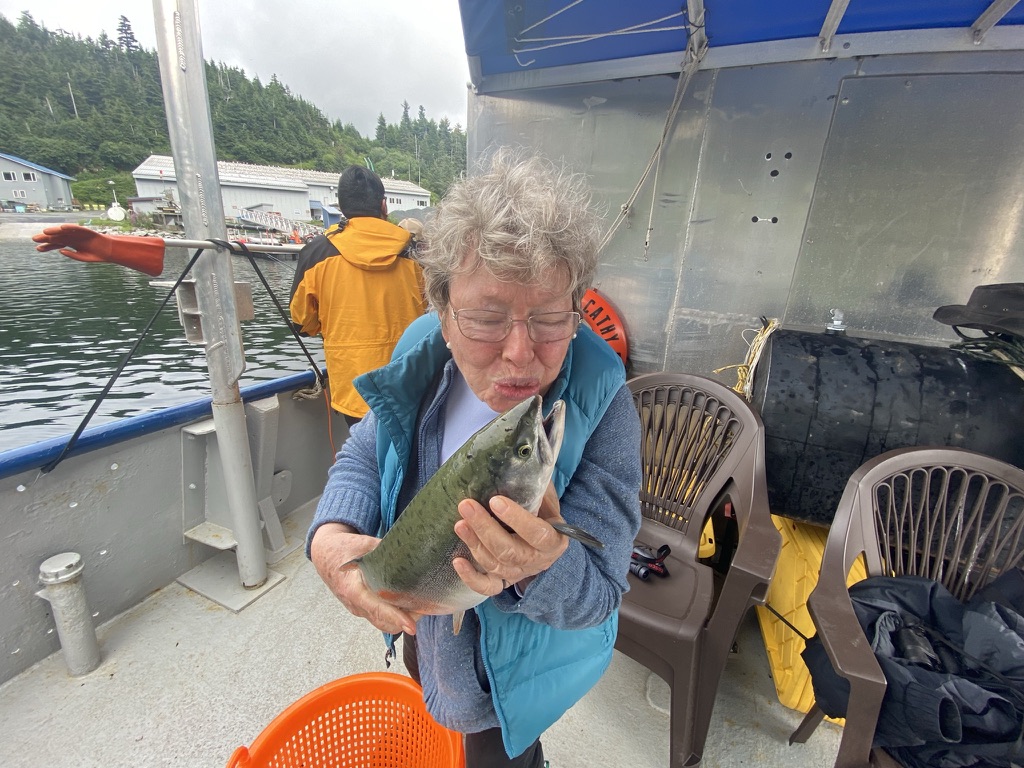by Dr. Marion Somers
I read about the state of our planet and instead of getting overwhelmed by all that needs to be addressed, I am personally zeroing in on one tiny aspect, the Monarch Butterfly. I have thoroughly enjoyed nature, gardening and camping all my life. Never have I felt so strongly and motivated to help our ailing Earth. I read everything dealing with the radical climate change that we are experiencing and I think if we each independently take care of one aspect toward healing this Earth we will prevail.
As stated many years ago: “If the bee disappeared off the surface of the globe then man would have only four (4) years of life left.“ Attributed to Albert Einstein, that statement motivates me to help where I can.
There are many factors to considering our efforts of time, energy and finances. With many children out of school right now, I am encouraging their natural curiosity as well as all my immediate neighbors to help the Monarch Butterfly. I look at all this as an opportunity to enlighten our children as well as give them a practical example of making a contribution. As we put out the various nourishments and food supplies that the Monarch needs we will be also helping other small winged creatures and insects. The Monarchs are dependent on milkweed host plants for two weeks of their life cycle. Since the 1990s, there has been a 74% decline to West Coast Monarchs since monitoring began.
A potential garden does not have to be large to be supportive and helpful. Our Monarch garden simply needs the right plantings to send out, in response to the SOS these beautiful and inspiring, helpless creatures display. They just need our support and encouragement. Even a small windowsill planting can help perpetuate the reproductive instincts of the butterfly.
I am simply going to list the plants that I know can and will support the Monarchs plus other flying creatures. It is up to each of us to know what environment/zone we actually live in so what we plant, be they seeds, flowers or bulbs will have the opportunity to grow and thrive.
For successful plants to grow take into consideration that the plants will be different heights and widths have different spatial needs.
Plantings that are known to be utilized by Monarchs, I have put in alphabetical order and not necessarily order of importance or priority:
Asclepias incarnate Cinderella
Asclepias tuberosa
Black Knight Butterfly Bush
Coneflower
Crumbles: California-Native ‘Monarch Munch’
Echinacea purpurea ‘White Swan’
Eulpatorium dubium ‘Baby Joe’
Joe Pye Weed asckeouas ubcarbata ‘Cinderella’
Liatris
Liatris ligulistylis
Milkweed
Butterfly Milkweed/Mona Flower
Common Milkweed (Asclepias syriaca)
Native Milkweed
Swamp Milkweed-White
Pugster Amethyst Butterfly Bush
Salvia
Salvia sylvestris ‘May Night’
Wild Lupine
Thank You for helping our winged friends. Below I have put in a few of the organizations that are attempting to support Native Plants that host the Monarch specifically.
The Xerces Society www.xerces.org/monarchs
Monarch Joint Venture www.monarchjointventure.org/resources
Natural Resources Conservation Service www.nrcs.usda.gov/monarchs
National Wildlife Federation www.nwf.org/butterflies
Xerces Society Western Monarch Thanksgiving Count www.westermonarchcount.org
Xerces Society & USFWS Milkweed and Monarch Survey www.xerces.org/milkweedsurvey
Journey North www.learner.org/jnorth/monarch
Monarch Larva Monitoring Project www.mlmp.org
Project Monarch Health www.monarchparasites.org


